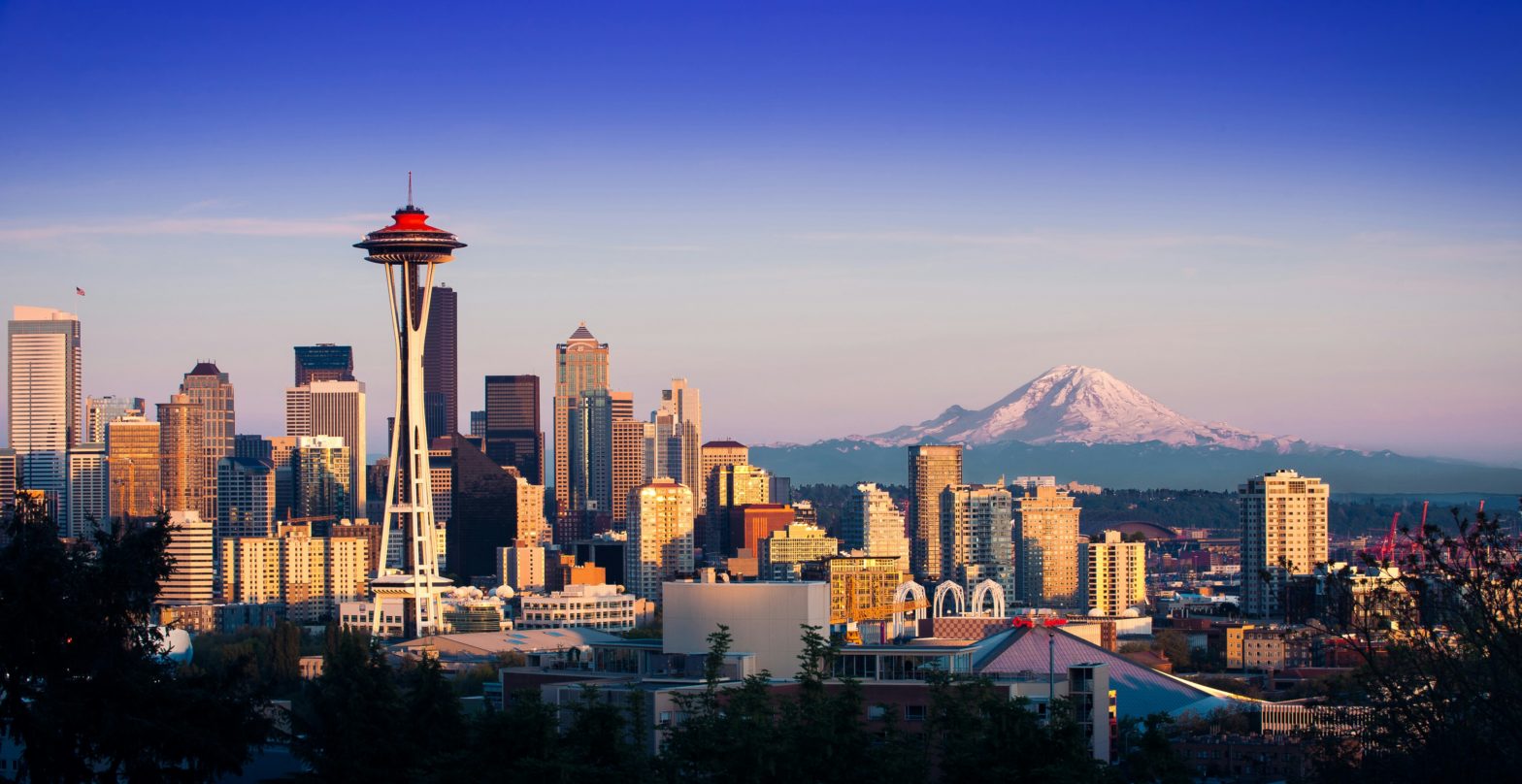
Photo: TfL
London and New York see post-pandemic ridership recovery
16 February 2022
by Christopher Carey
Transport for London (TfL) has released new data showing a 25 percent increase in underground (Tube) passengers since early January, with ridership now at around 60 percent of pre-pandemic levels.
Bus ridership is also up to 75 percent of previous levels, with the recent lifting of working from home restrictions on 19 January likely to have influenced the recovery.
“London’s transport network is crucial for a sustainable recovery, and it’s fantastic to see passengers confidently using it as they return to workplaces and to enjoy all the city has to offer,” said Seb Dance, London’s Deputy Mayor for Transport.
“These figures also highlight how vital a comprehensive bus network is for London, not only for people getting around central London but also for those who don’t live as near to other modes of transport.”
Fare hikes
London Mayor Sadiq Khan recently announced that Tube and bus fares will rise by an average of almost five percent from 1 March. The hike, although still below the current rate of inflation of 5.4%, is the biggest increase in a decade.
The last time fares rose by this scale was when the then mayor Boris Johnson hiked fares by almost 6 percent in 2012.
The transit operator has received a series of government funded bailouts totalling £4.5 billion (US$6.1 billion) which started at the beginning of the pandemic when ridership plummeted by over 90 percent.
But it is still facing a £1.9 billion budget black hole and has warned of cuts to services.
Discussions are continuing with the UK government to finalise long-term funding plans – with current emergency funding set to expire on 18 February.
New York sees recovery
New York’s Metropolitan Transportation Authority (MTA) has revealed that subway ridership surpassed three million passengers on 8 February 2022 – the first time the network carried over three million riders since the Omicron wave hit the city in December 2021.
Weekly ridership is now at 55 percent of pre-pandemic, and mask compliance has also increased to 95 percent.
To further encourage more passengers, the MTA has announced a series of new fare pilot programmes to make tickets more affordable and flexible, including a cap on weekly fares through the authority’s contactless payment system, OMNY.
“Let this ridership record be a clear signal – New York is coming out of the Omicron surge, and we have numbers to prove it,” said Governor Kathy Hochul. “On behalf of all New Yorkers, I say thank you to our transit workers who helped us to get through yet another wave of the pandemic by putting themselves on the frontline, so that the rest of us could travel safely.”
Prior to the pandemic, average weekday ridership totals routinely exceeded 5.5 million in the subway system.
That figure fell by 95 percent to a low of roughly 300,000 daily trips in April 2020 as the number of COVID-19 cases peaked in the New York City area.
Image: TfL










